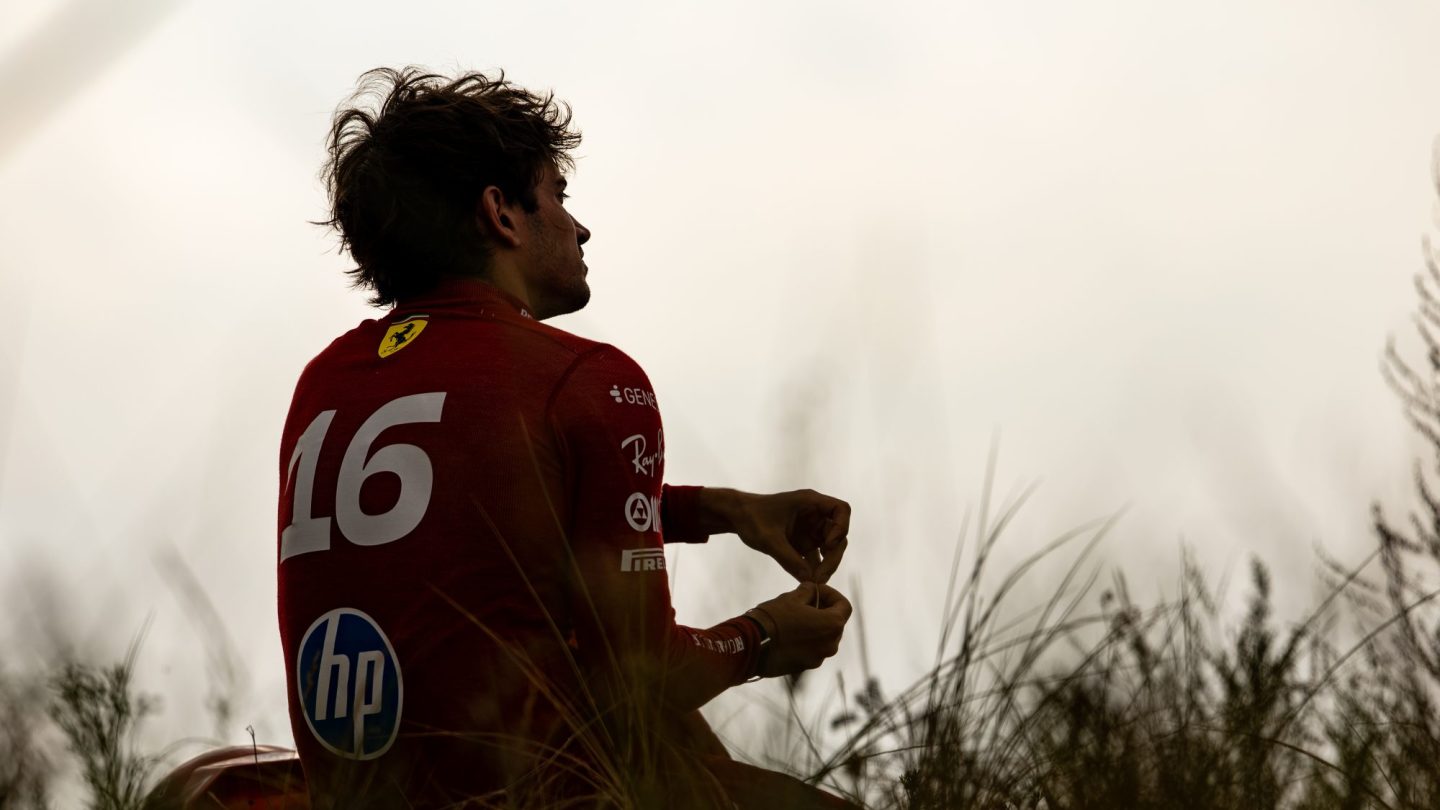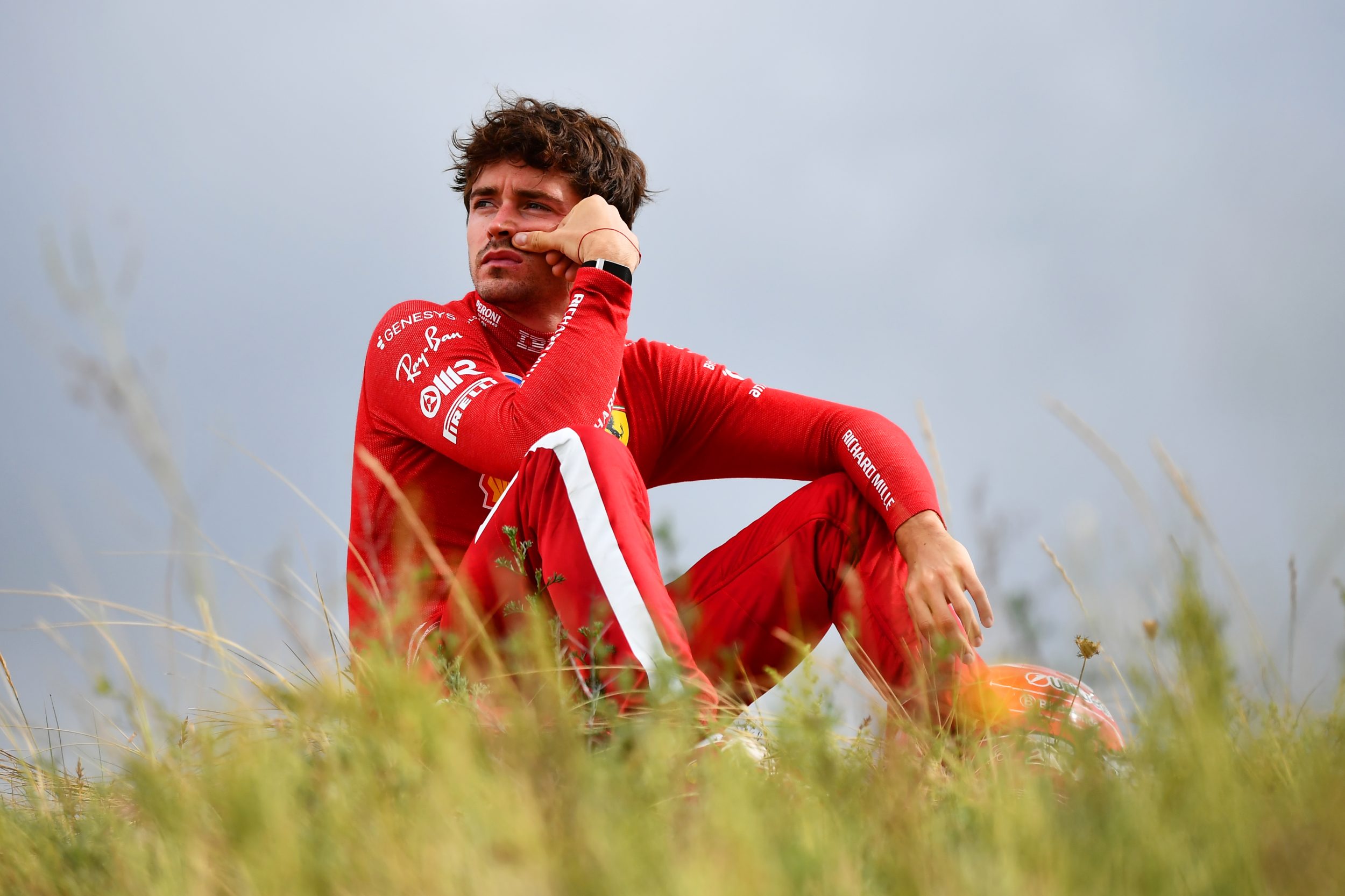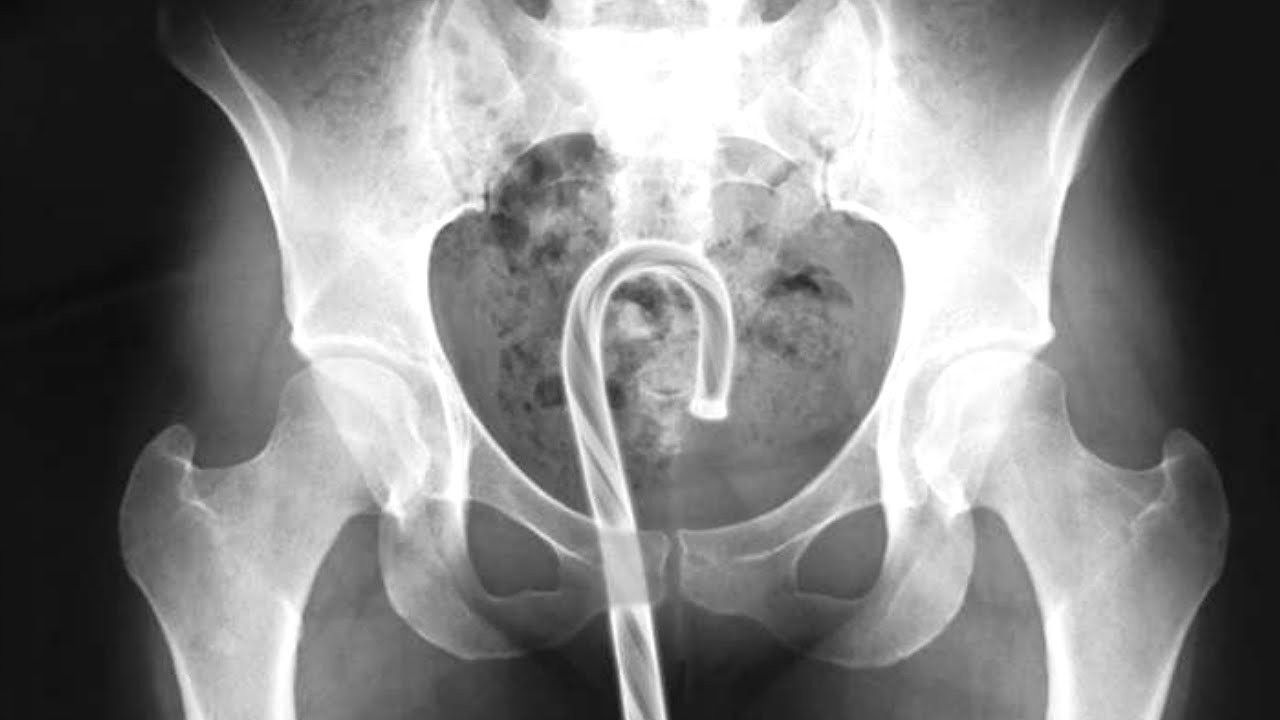Though history no doubt dates back before 2006, we have to start somewhere, and we may as well start with Kimi Raikkonen. After retiring from that year's Monaco Grand Prix after his car suffered a mechanical failure, Raikkonen walked off the track and, still wearing his helmet and racesuit and all, skipped out on the McLaren garage and instead journeyed to his own yacht, joining his "best mates from Finland, who've consumed their own weight in champagne and beer."
Fast-forward nine years to 2015, and Fernando Alonso, also miserably at McLaren, yet again innovated in the realm of suffering a mechanical issue and really wanting to be somewhere else. After his car broke down during qualifying at Interlagos Circuit, Alonso found his way to a lawn chair, where he peacefully folded his hands in his lap and tilted his head back, eyes closed, to bask in the sunshine. This was a formative F1 moment. It spurred a Sky Sports article entitled "Fernando Alonso sunbathing image was funny, says Ron Dennis," with a subhead reading, "'There's nothing wrong with a bit of humor,' insists McLaren boss."
This is the historical environment in which Ferrari's Charles Leclerc found himself after Mercedes's Kimi Antonelli spun him into the wall on lap 53 of Sunday's 2025 Dutch Grand Prix. Leclerc has his own charms, separate from Raikonnen and Alonso. He can give, depending on the moment, the same vibes as an easily beleaguered haunted doll, or some mournful beast trapped in a horror movie, which just happens when you spend your entire career so far within the Ferrari ecosystem. But his forebears have left such oppressively popular innovations in the field of mournful retirements; what was left for him to do?
Leclerc's answer: Sit on some dunes and strike a pose, looking into the far distance.
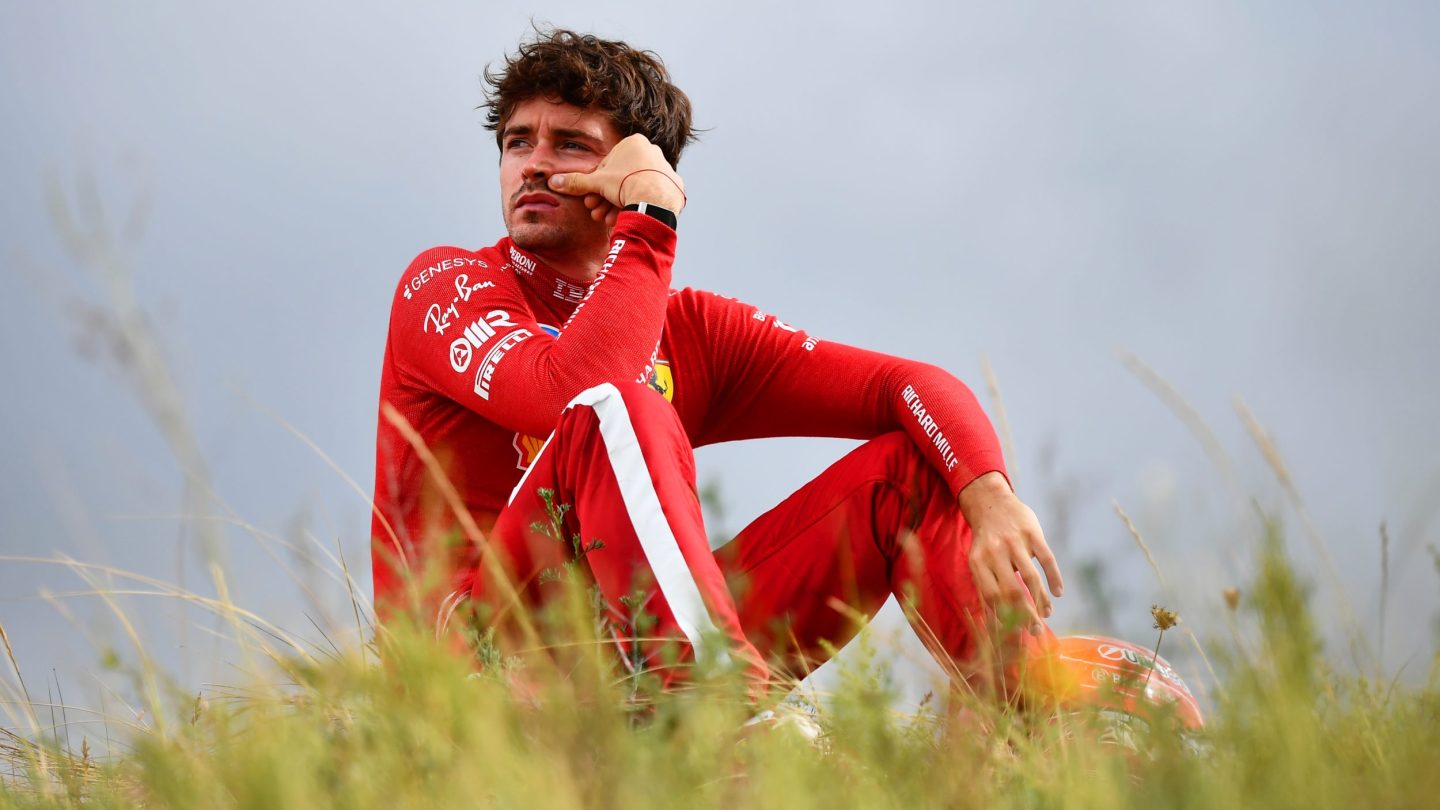

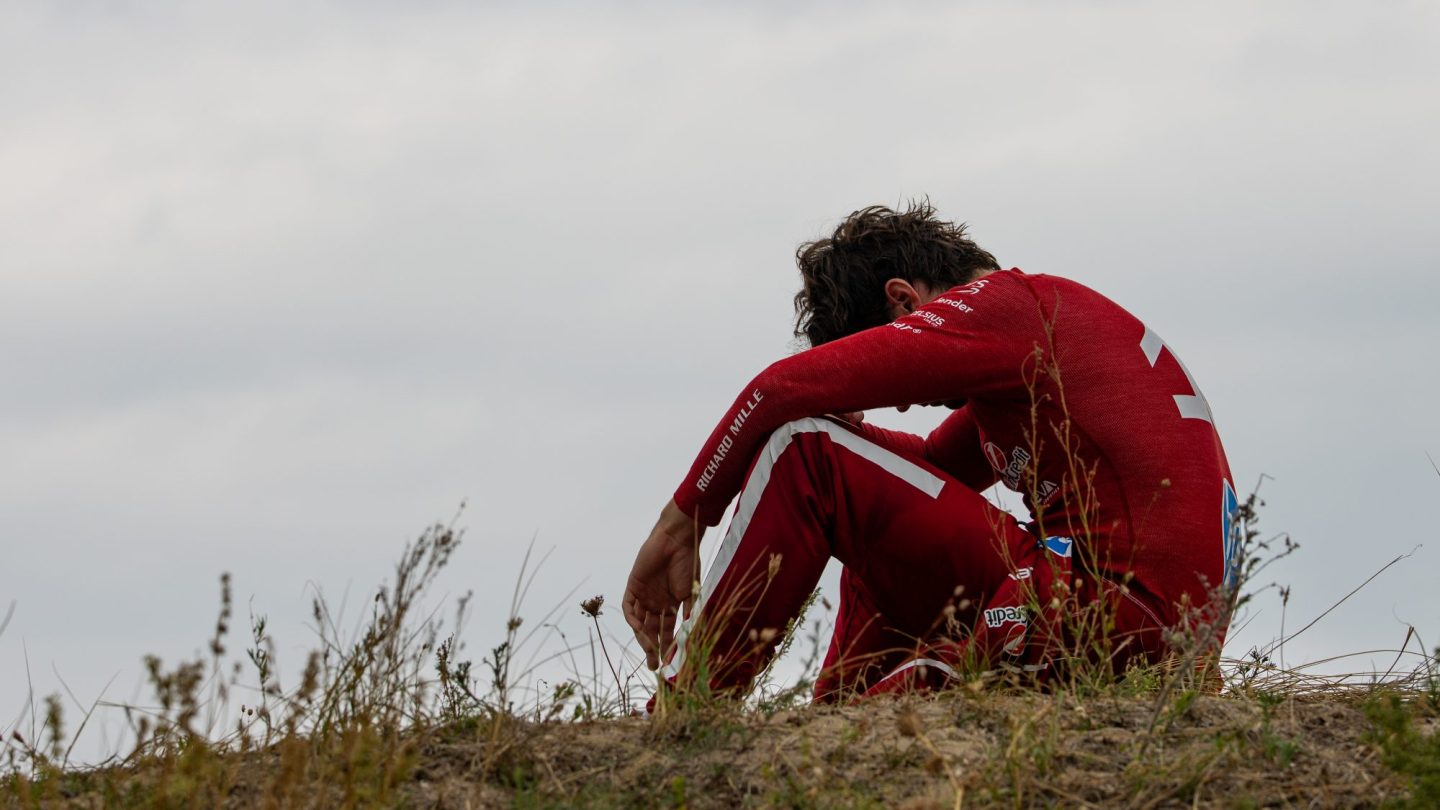
It is important to reach out for emotional support during trying times.
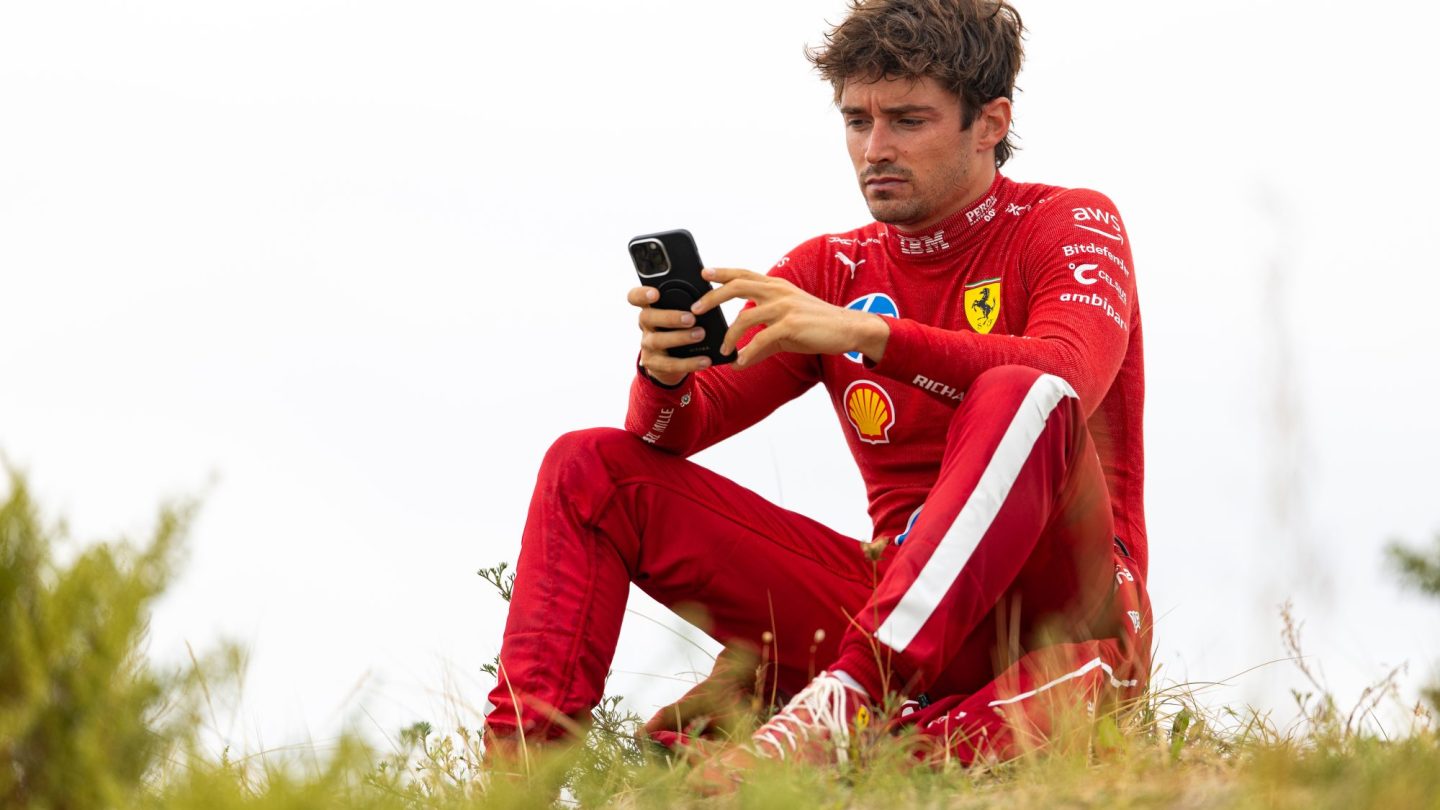
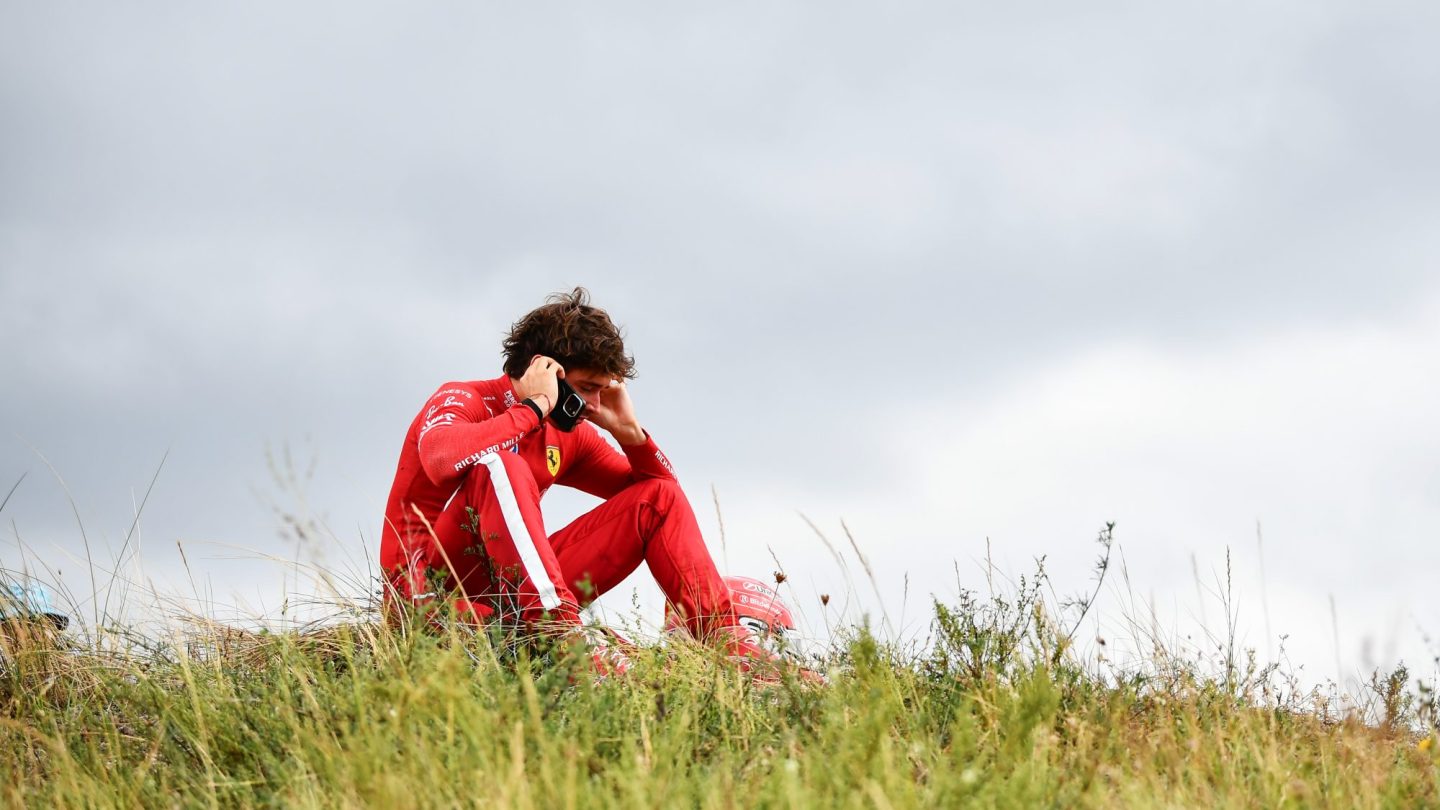
These photos may give the impression that Leclerc, like Raikkonen, went on a long journey, but forsook the yacht in favor of following the Transcendentalists and searching for truth in nature. It is important to clarify that he had not managed to escape far from the ongoing race—and the source of his suffering—at all.
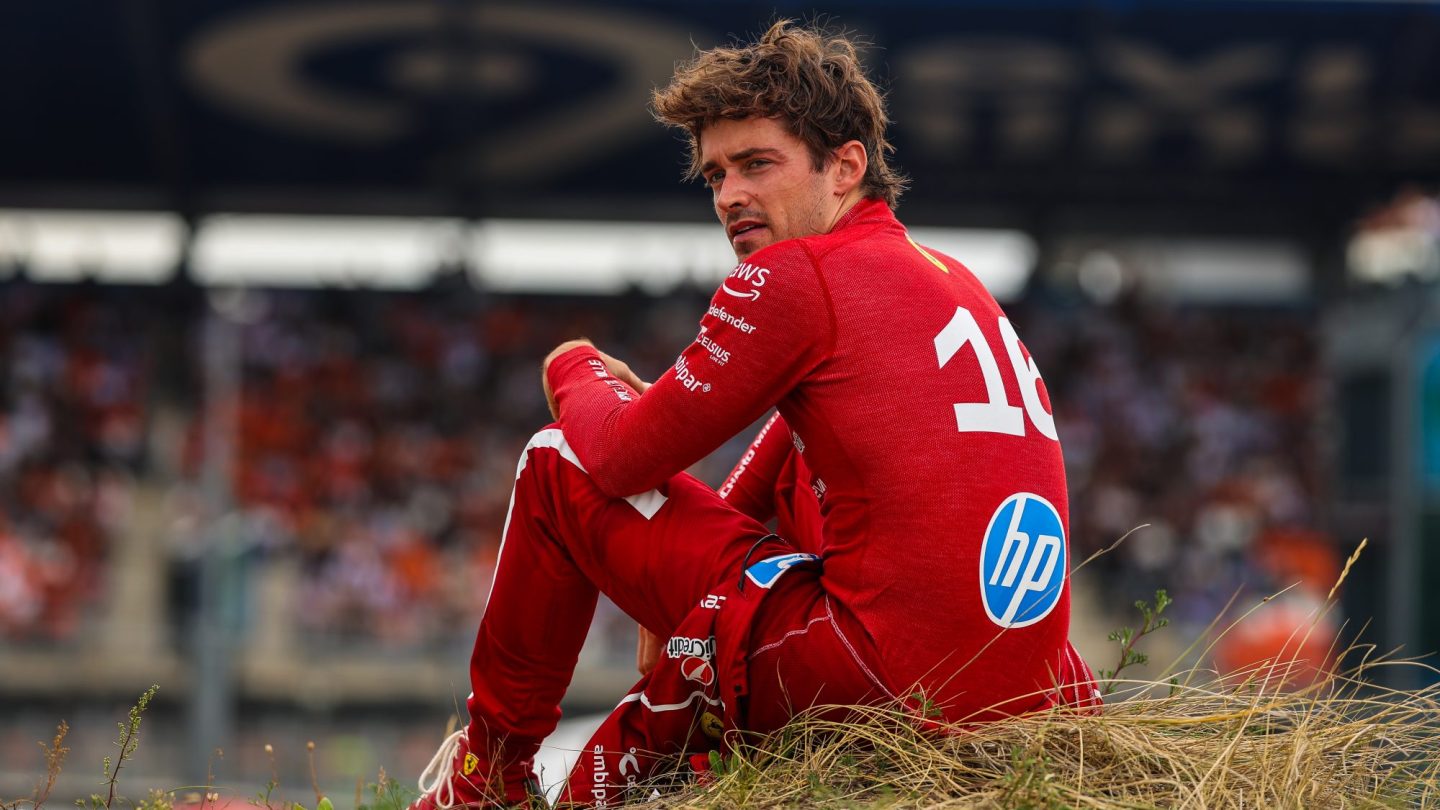

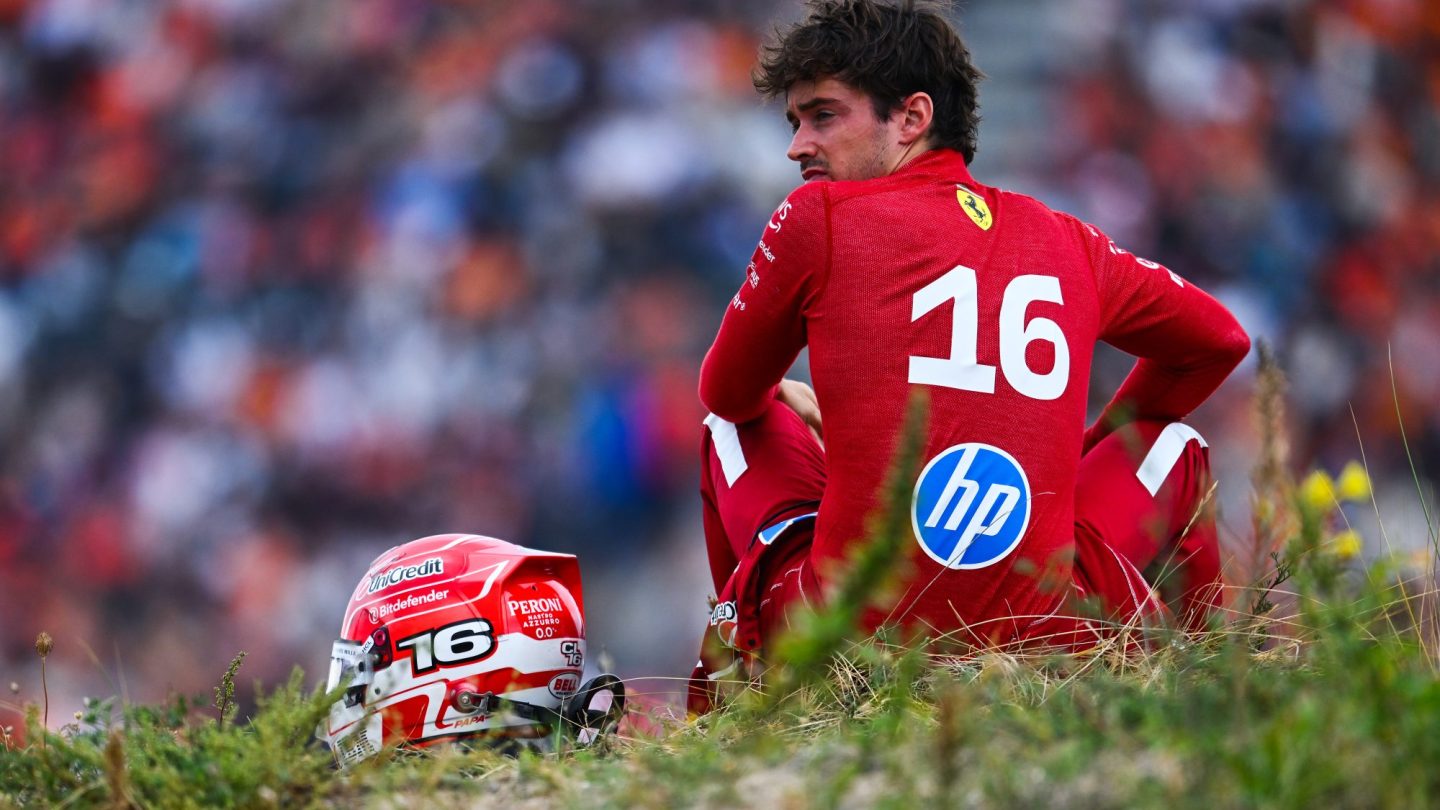
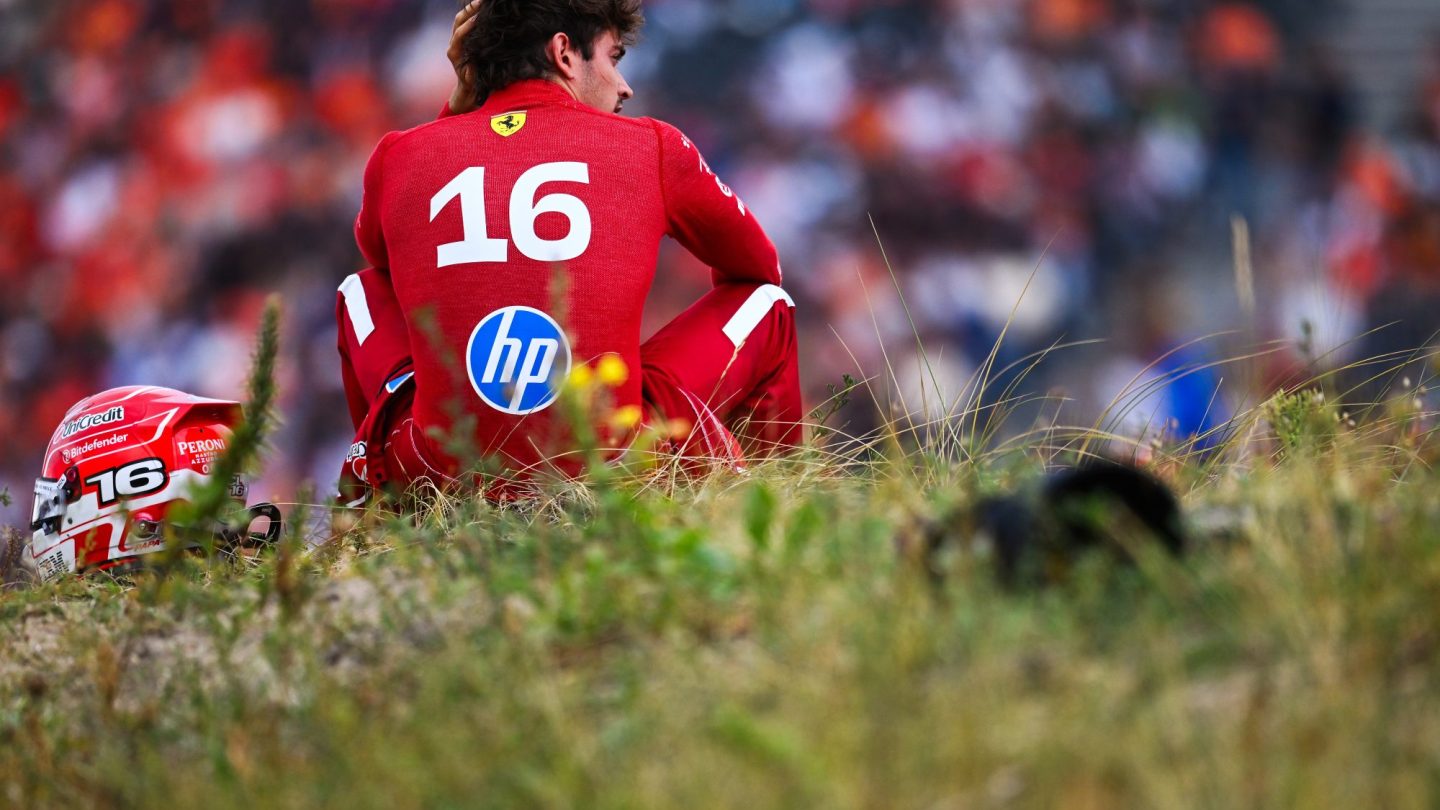
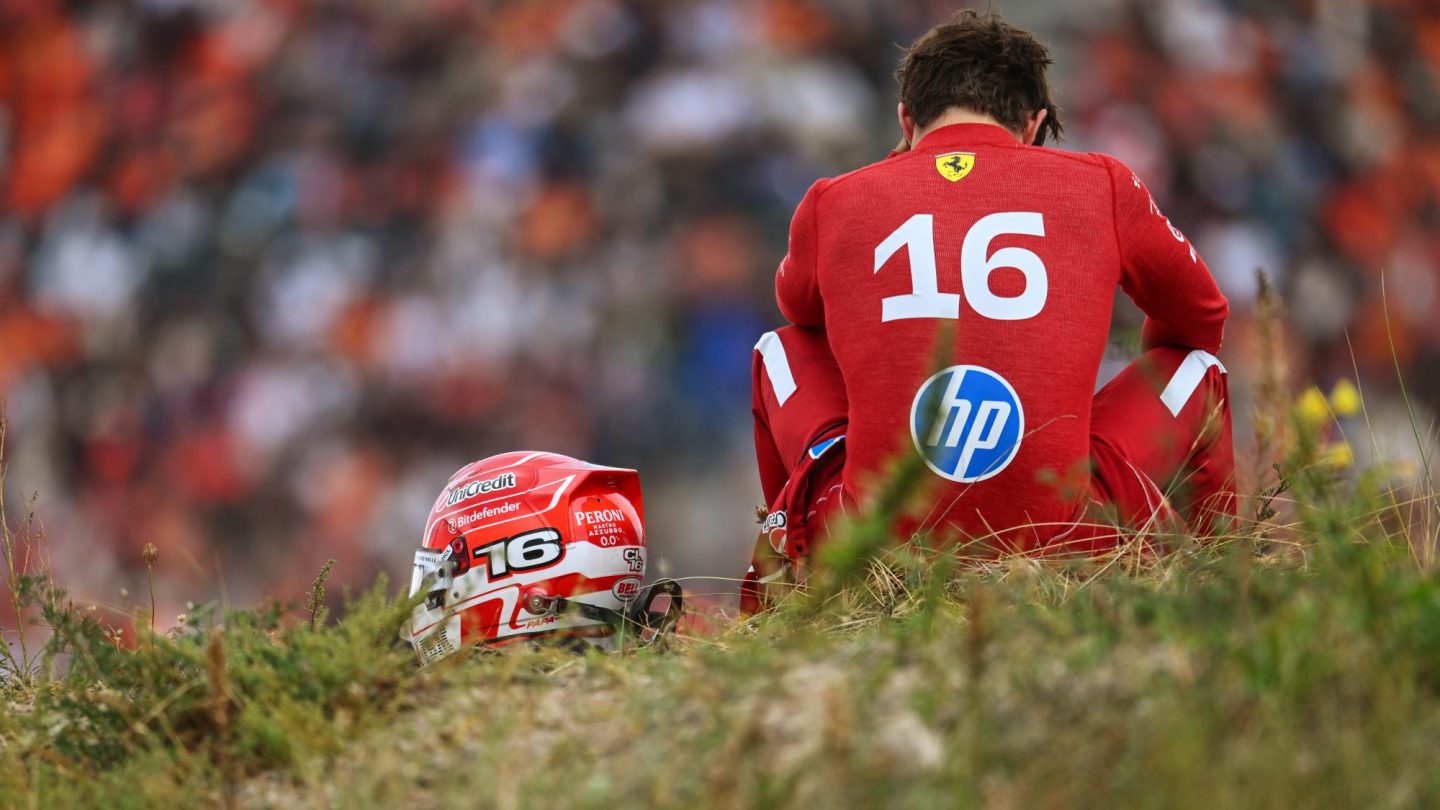
Such is the power of photography. It can capture the darkest parts of the human condition: loneliness, futility, racing for Ferrari for seven years. Simply tweak the angle and lighting, and it can make you laugh—
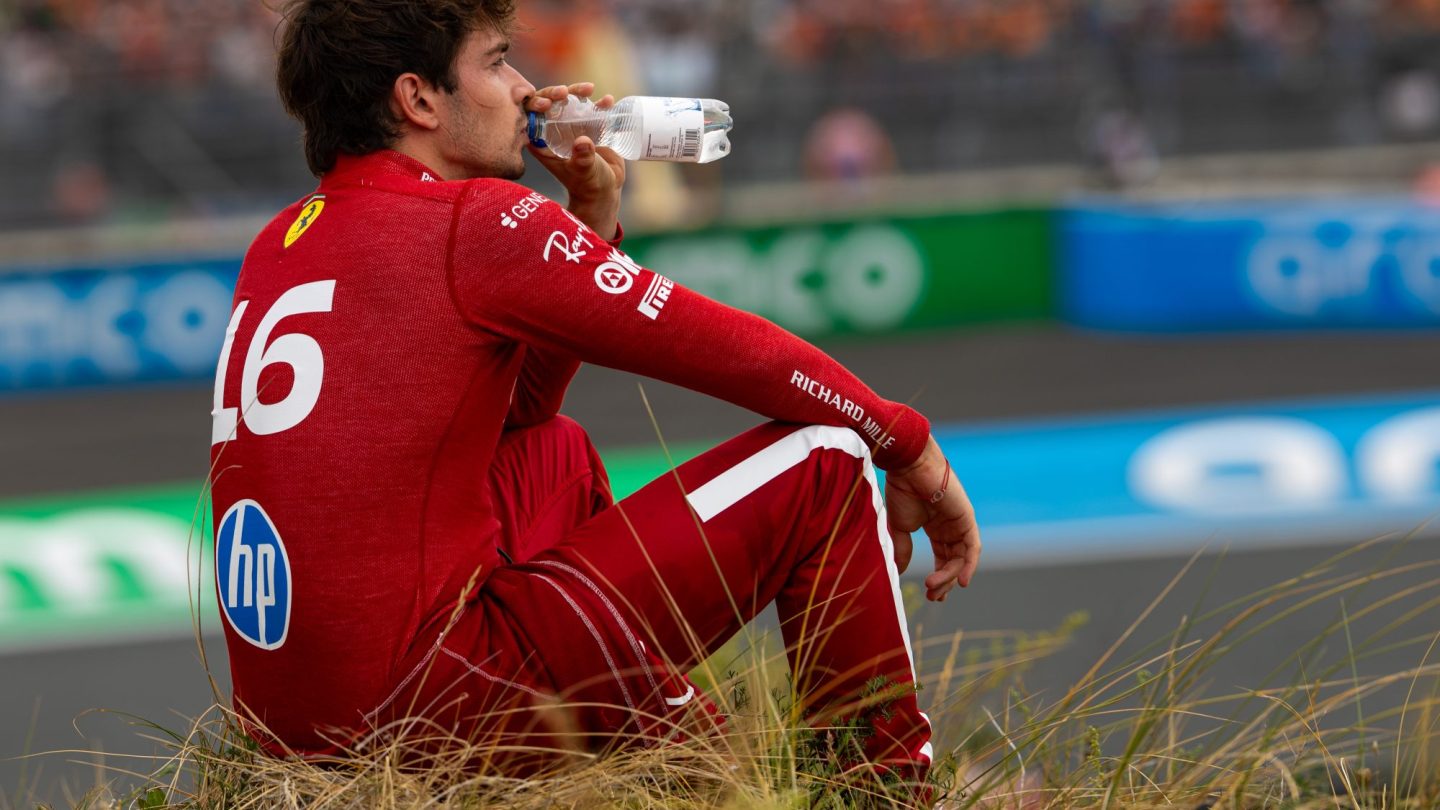
—and then cry.
